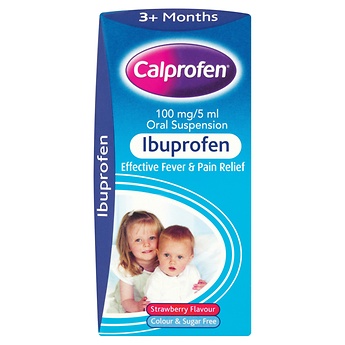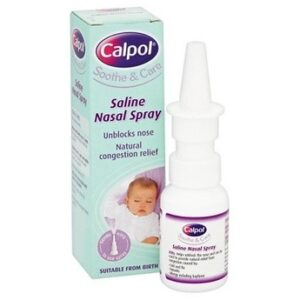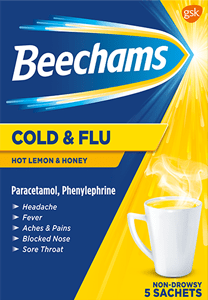Description
What is Calprofen?
Calprofen is a liquid medicine which can help to ease pain and reduce fever in children. It’s ideal for little ones aged 3 months and older, helping to make them feel more comfortable if they’re suffering with teething pain, headaches, cold symptoms, and many other ailments.
What kinds of pain can this medication be used for?
Calprofen can be used to ease lots of different kinds of pain in children aged 3 months and over, including:
- Teething pain
- Toothache
- Sore throat
- Headache
- Fever or high temperature
- Muscular aches and pains
- Symptoms of cold and flu
- Post-immunisation fever
How does this medicine work to ease my child’s pain?
Each 5ml dose of Calprofen contains 100mg of the active ingredient ibuprofen, which is a Non-Steroidal Anti-Inflammatory Drug or NSAID. This means that this medicine works not only as a painkiller, but can help to reduce fever and inflammation at the same time, making it the perfect remedy for many different types of pain.
Can I give this product to my child if they are taking other painkillers?
Calprofen can be taken at the same time as some other painkillers, such as paracetamol, as long as you follow the instructions for each separate product carefully. However, you should not use this medicine at the same time as other NSAID painkillers, such as aspirin, which have a daily dose of more than 75mg. If you are not sure whether you can use two painkillers together, speak to your doctor or our pharmacist.











Reviews
There are no reviews yet.